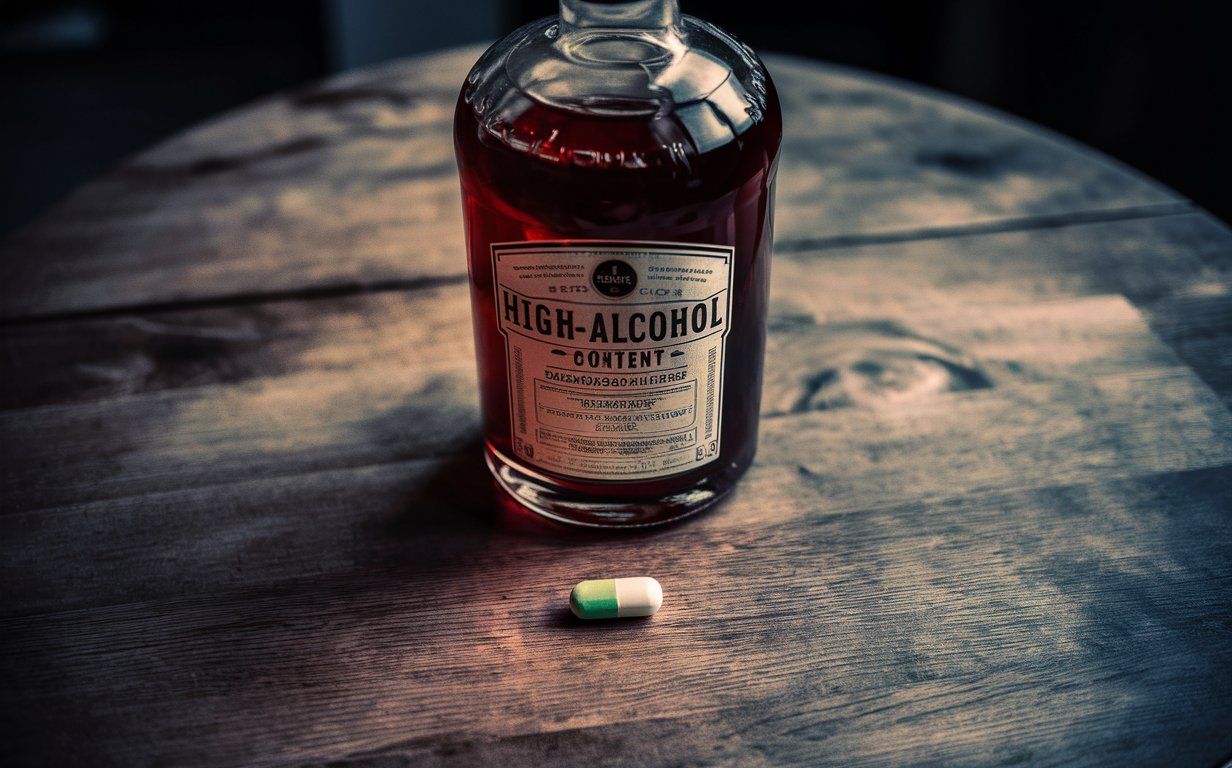A capsule to reduce blood alcohol content and its harmful effects
Follow us on Google News (click on ☆)

Researchers at ETH Zurich have developed a protein gel that breaks down alcohol in the gastrointestinal tract. This gel converts alcohol into acetic acid before it enters the bloodstream. Thus, alcohol consumption could become less harmful to health.
The gel transfers the breakdown of alcohol from the liver to the digestive system. Unlike the liver, it does not produce acetaldehyde, a toxic intermediate. This gel could be taken orally, potentially in capsule form, to prevent the rise of blood alcohol content and protect the body from the harmful effects of alcohol. However, it does not help in cases of alcohol poisoning.
The researchers used whey proteins to create the gel. By heating them, they formed fine protein fibrils. They then added salt and water to form a slowly digestible gel. To break down alcohol, the gel contains iron atoms as the main catalyst. These atoms are evenly distributed on the protein fibrils, allowing an efficient reaction with the alcohol.
Small amounts of hydrogen peroxide, produced by a reaction between glucose and gold nanoparticles, are needed to trigger this reaction. Gold was chosen because it is not digested and remains effective longer. All these components—iron, glucose, and gold—are integrated into the gel.
Tests on mice showed a significant reduction in blood alcohol content after the prophylactic application of the gel. This gel also demonstrated a lasting therapeutic effect in mice consuming alcohol over a ten-day period. They showed less liver damage and better fat metabolism.
The researchers have already filed a patent for this gel. Clinical trials are still necessary before it can be approved for human use. However, the researchers are confident, having already proven that the whey protein fibrils making up the gel are edible.